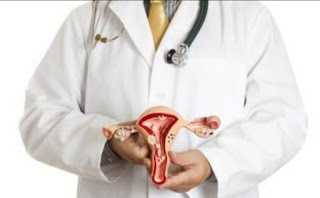"From Sun Spots to Melasma: Understanding Different Types of Pigmentation"
- Get link
- X
- Other Apps
Pigmentation refers to the coloration of the skin, which is determined by the production of melanin, the pigment responsible for giving skin its various shades. While some pigmentation variations are harmless, others may be indicative of underlying health issues or cosmetic concerns. Let's delve into the different types of Pigmentation Treatment In Dubai and their characteristics:
1. Sun Spots (Solar Lentigines):
Sun spots, also known as solar lentigines or age spots, are darkened patches of skin that develop as a result of prolonged sun exposure. They typically appear on areas of the skin that receive the most sun exposure, such as the face, hands, shoulders, and chest. Sun spots are flat and vary in size, ranging from small freckle-like spots to larger, more defined patches.
2. Post-Inflammatory Hyperpigmentation (PIH):
Post-inflammatory hyperpigmentation (PIH) occurs as a response to inflammation or injury to the skin. Common triggers include acne breakouts, eczema flare-ups, insect bites, or cuts and scrapes. PIH appears as darkened patches or spots in areas where inflammation has occurred and can persist for months after the initial injury has healed.
3. Melasma:
Melasma is a common pigmentation disorder characterized by the development of brown or grayish-brown patches on the skin, typically on the face. It is often associated with hormonal fluctuations, such as those occurring during pregnancy (chloasma or "mask of pregnancy"), oral contraceptive use, or hormonal therapy. Melasma patches usually appear symmetrically on the cheeks, forehead, nose, and upper lip.
4. Freckles (Ephelides):
Freckles are small, flat spots that are typically light brown or tan in color and often appear on areas of the skin that are frequently exposed to the sun, such as the face, arms, and shoulders. Unlike sun spots, which develop with age and sun exposure, freckles are influenced by genetics and tend to darken with sun exposure and fade during the winter months.
5. Birthmarks:
Birthmarks are colored spots or patches that are present at birth or develop shortly afterward. They can vary in size, shape, and color and may be either pigmented (brown, black) or vascular (red, pink). While most birthmarks are harmless, some may require medical attention if they change in size, shape, or color over time.
6. Vitiligo:
Vitiligo is a pigmentation disorder characterized by the loss of melanin-producing cells (melanocytes), resulting in depigmented patches or spots on the skin. These patches can vary in size and location and may appear on any part of the body. Vitiligo is believed to be an autoimmune condition, although its exact cause remains unclear.
Understanding the different types of pigmentation can help individuals recognize and address specific concerns effectively. While some pigmentation variations may be harmless and simply a result of genetics or sun exposure, others may require medical evaluation and treatment, especially if they are accompanied by changes in size, shape, or texture. Consulting with a Dermatologist In Dubai or healthcare professional can provide personalized guidance and treatment options based on individual needs and concerns.
- Get link
- X
- Other Apps



Comments
Post a Comment